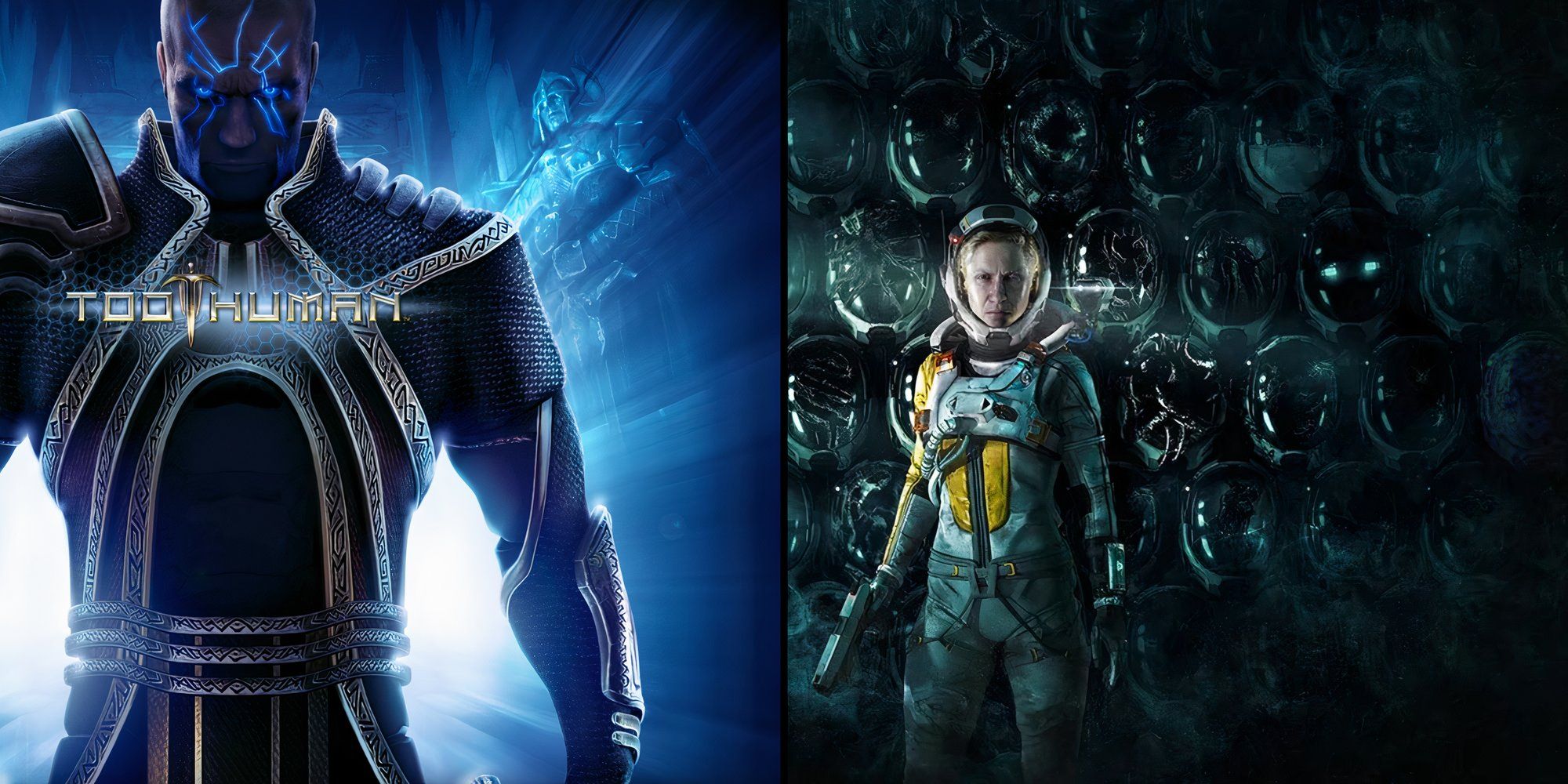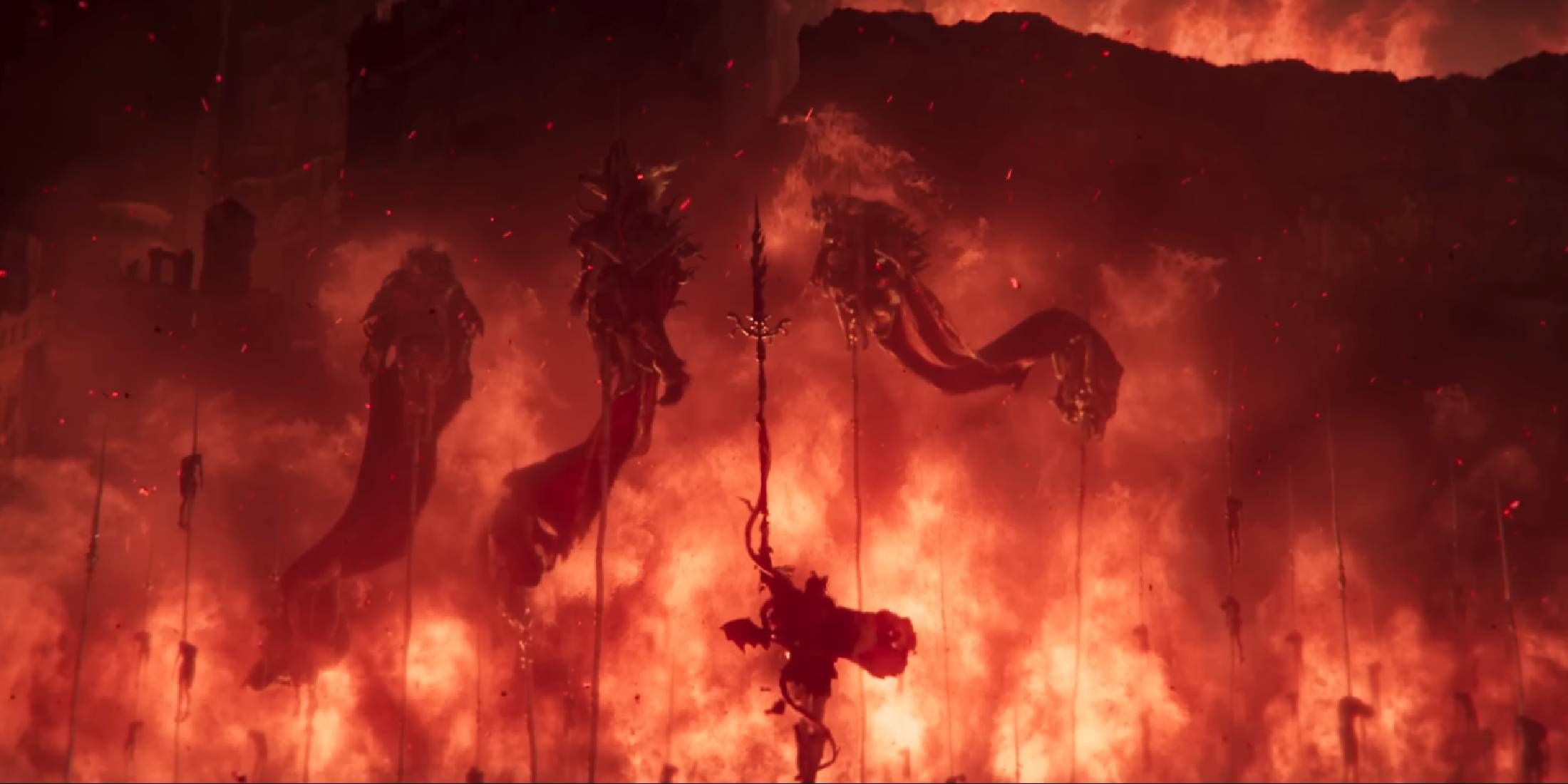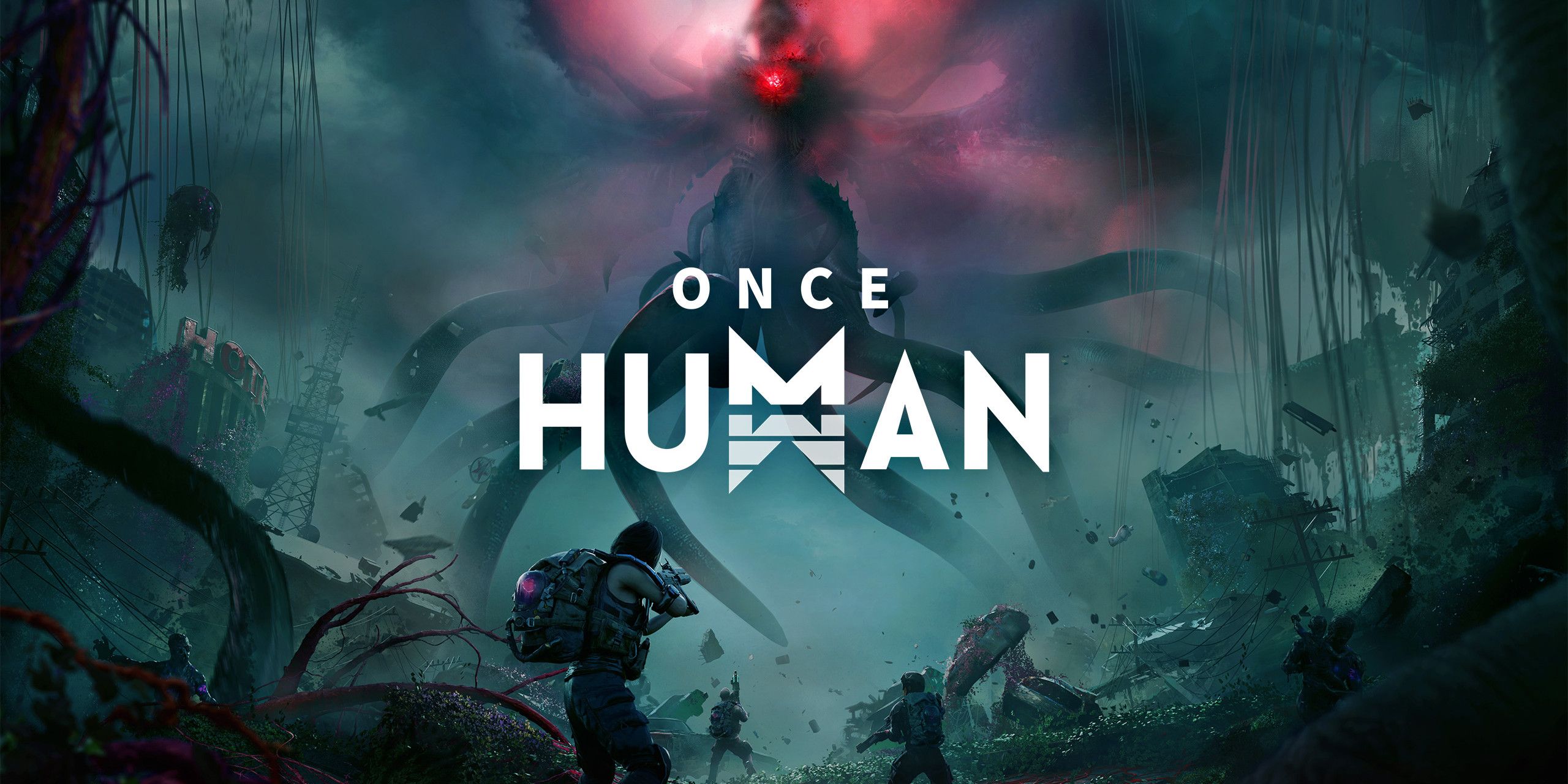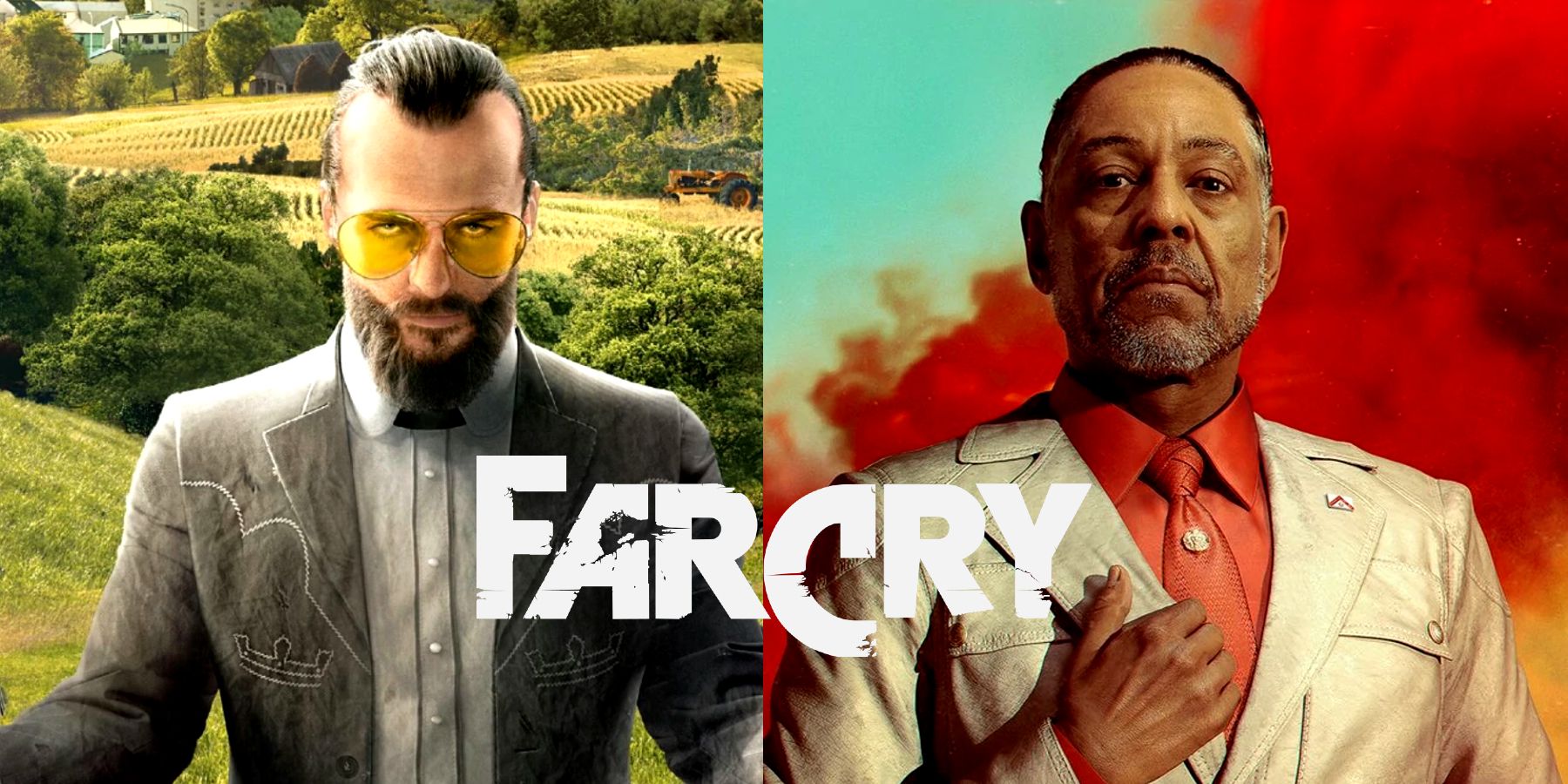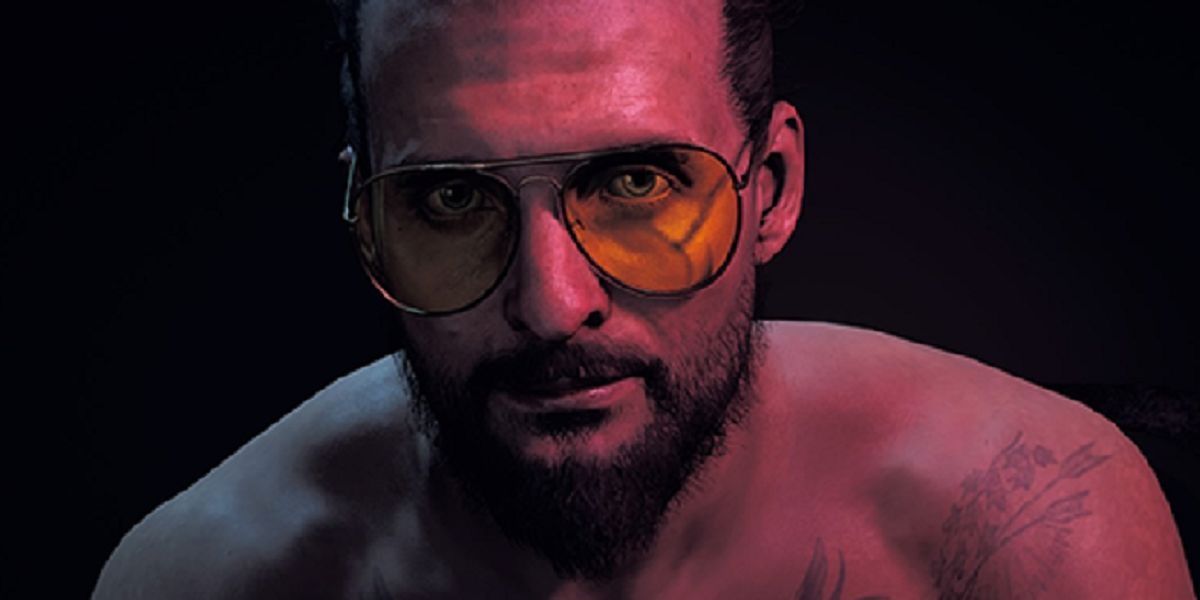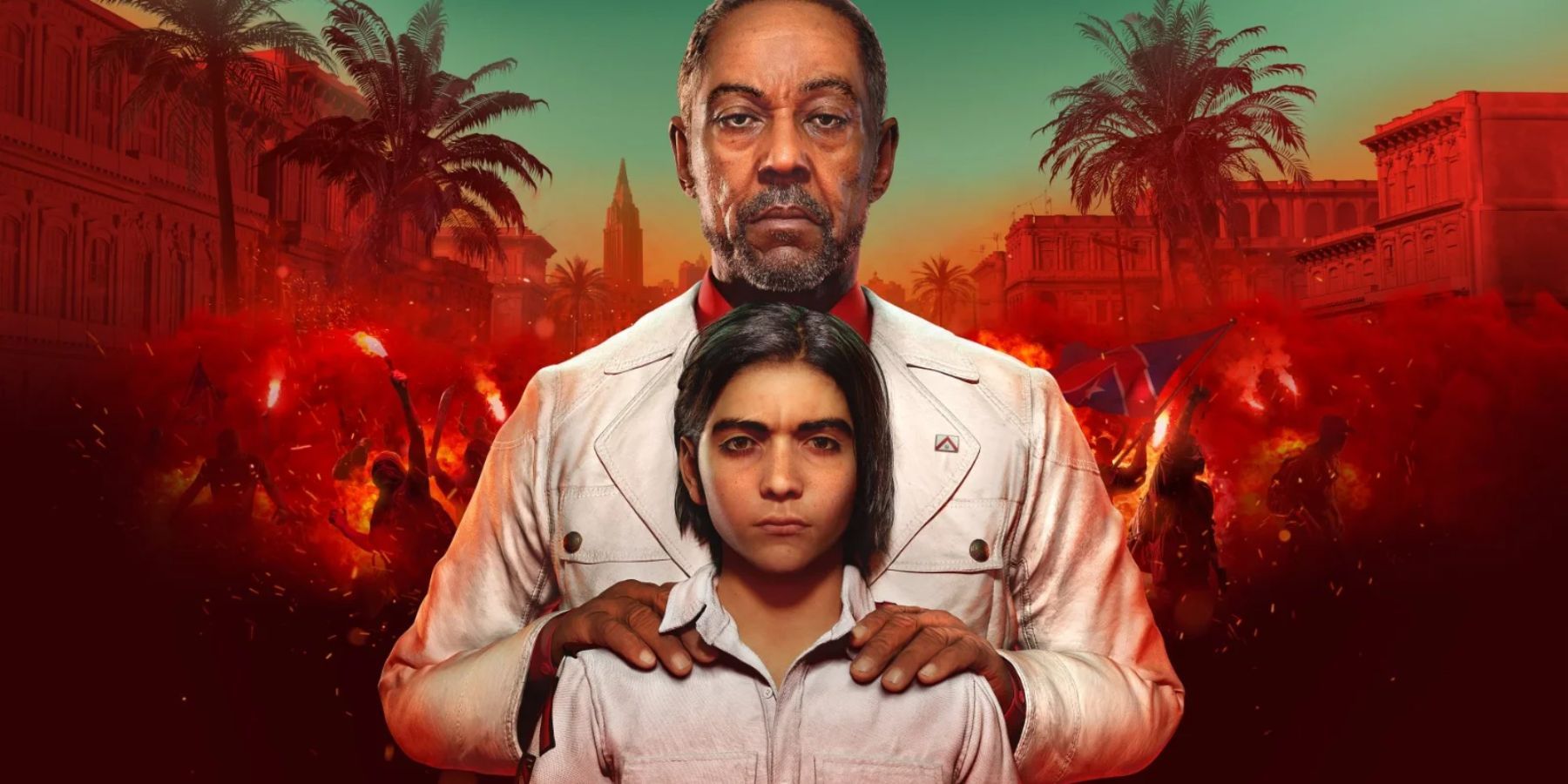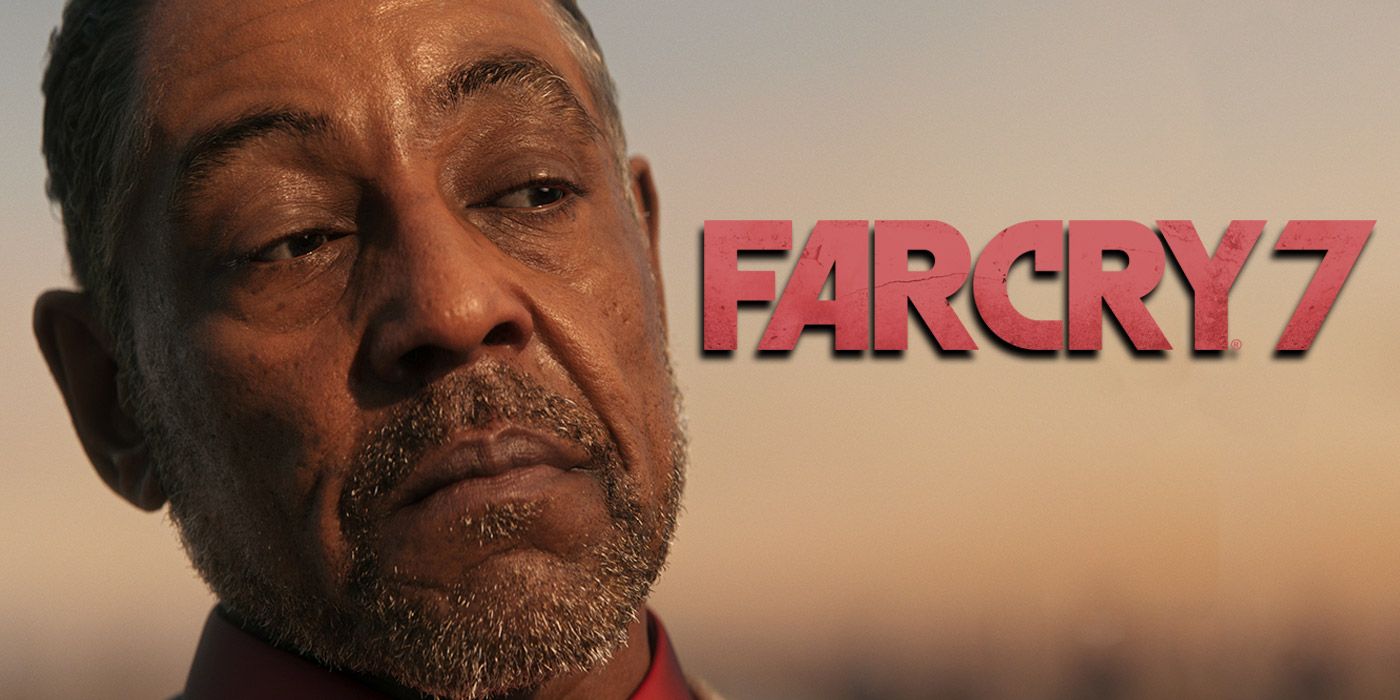The Far Cry series is most commonly known for its memorable antagonists. They’re often written to be the protagonist’s driving force as they urge the player to go against them. The methods differ based on the antagonist and their personality, but the goal is always the same: push the player to act.
However, recent Far Cry titles have been falling short of the strong antagonist trope. This, paired with other hiccups, has likely contributed to the series’ decline. If Ubisoft intends to release a new entry to the franchise, it’s well worth revisiting the formula for its antagonists and seeing what might have gone wrong in the most recent titles.
Far Cry 5: Joseph Seed, An Overshadowed Villain
Make no mistake, Joseph Seed is a good villain. Unlike his predecessors in Far Cry 3 and 4, he’s far more composed — chillingly so. He barely bats an eye at the sight of carnage and remains calm even in the most chaotic circumstances. He also plays the part of a charismatic cult leader very well, but he’s also shown that he’s not afraid to resort to violence should the need arise. All in all, Joseph Seed had all the setup needed to be an excellent Far Cry villain, but he wasn’t.
This is because Far Cry 5 puts focus on not one antagonist, but four. Before the player can reach Joseph — the supposed “big bad” of Eden’s Gate — they had to take down his siblings first. Jacob, John, and Faith Seed are compelling characters, but they tend to overshadow Joseph as a villain in Far Cry 5. This is especially the case since the player gets to learn more about them throughout the game rather than the supposed main antagonist.
As the player roams across the main regions of Far Cry 5’s Hope County, it’s not Joseph that reaches out to them, but one of the three lower-ranking siblings. The player then learns that John was abused as a child, that Jacob is a disillusioned war veteran, and that Faith puts on a facade of purity to hide her past of drug addiction. Joseph does show up as the player goes up against each of the siblings, but his appearances don’t build up his character quite as much.
Given this, Joseph is unfortunately overshadowed by the secondary antagonists. He doesn’t really grow to be more than a charismatic cult leader, unlike his siblings. Granted, this cult leader persona is a primary reason why many players were so drawn to him. However, his character could have been much more if the player were given more monologues like the one about Joseph’s late daughter.
Far Cry 6: Antón Castillo, Underutilized Potential
First and foremost, it should be said that Antón Castillo is, conceptually, a good villain. Like Pagan Min of Far Cry 4, he’s an iron-fisted ruler who is more than willing to go down for his ideals. Unlike Pagan Min, however, he is far less unhinged and more calculated. Plus, his backstory is a compelling one, justifiably explaining why he rules over Yara the way he does.
That said, Antón is not a good Far Cry antagonist. This is primarily because of how the gameplay’s overarching narrative is structured. More specifically, the protagonist, Dani, and Anton do not build a compelling relationship throughout the story. This is crucial in Far Cry games as, again, the big bad serves as the main character’s driving force.
Though instead of being Dani’s impetus, Antón feels detached from the protagonist’s character arc. He doesn’t get up close and personal with the main character, save for a few cutscenes. Even then, Antón’s focus isn’t on Dani but his son, Diego. In fact, this is a trend that’s present throughout the game. Antón and Dani don’t build a relationship with each other but with Diego. Now, this could have worked in the game’s favor, though only if Far Cry 6 utilized Diego’s character to force confrontations between Antón and Dani — which it didn’t.
Overall, there’s a wide gap between the protagonist and the antagonist of Far Cry 6. The two don’t feel like rivals, unlike those in the last games. Instead, they feel like two pieces in Yara’s greater conflict. While that isn’t necessarily a bad thing, it doesn’t quite fit the Far Cry formula.
The Need for a Compelling Antagonist in Far Cry 7
If Ubisoft intends to release another entry to the Far Cry series, it would do well to focus on crafting a compelling antagonist. The last two mainline games simply haven’t held up when compared to their predecessors. Joseph Seed’s character erred in that he wasn’t presented as the primary antagonist of the game, while the problem with Antón Castillo’s character was the lack of a strong dynamic between him and the protagonist. These flaws are all the more apparent when compared to antagonists of the past games.
It seems the developer needs to return to its roots with the next Far Cry game. The Far Cry formula doesn’t just depend on a unique setting or outpost liberations. It also hinges on the title’s “big bad” as well as their relationship with the player.
Players felt this with Vaas, who was memorable for his insanity, despite which he always seemed one step ahead of Jason Brody. Players also felt this with Pagan Min, who forced a familial relationship with Ajay Ghale and prioritized him over the safety of Kyrat. Even The Jackal of Far Cry 2 was a more engaging villain, constantly escaping the player and leaving them near death, all the while sharing his nihilistic perspectives. These characters were given compelling personalities, which the games then spotlighted, elevating them from mere antagonists to Far Cry antagonists.
Granted, it might be a while before the community sees a new Far Cry release, especially considering the effects of the pandemic as well as Far Cry 6’s performance. Until that day comes, players can only hope that Ubisoft learns from the franchise’s past mistakes.
Far Cry 6 is available on PC, PS4, PS5, Stadia, Xbox One, and Xbox Series X/S.

